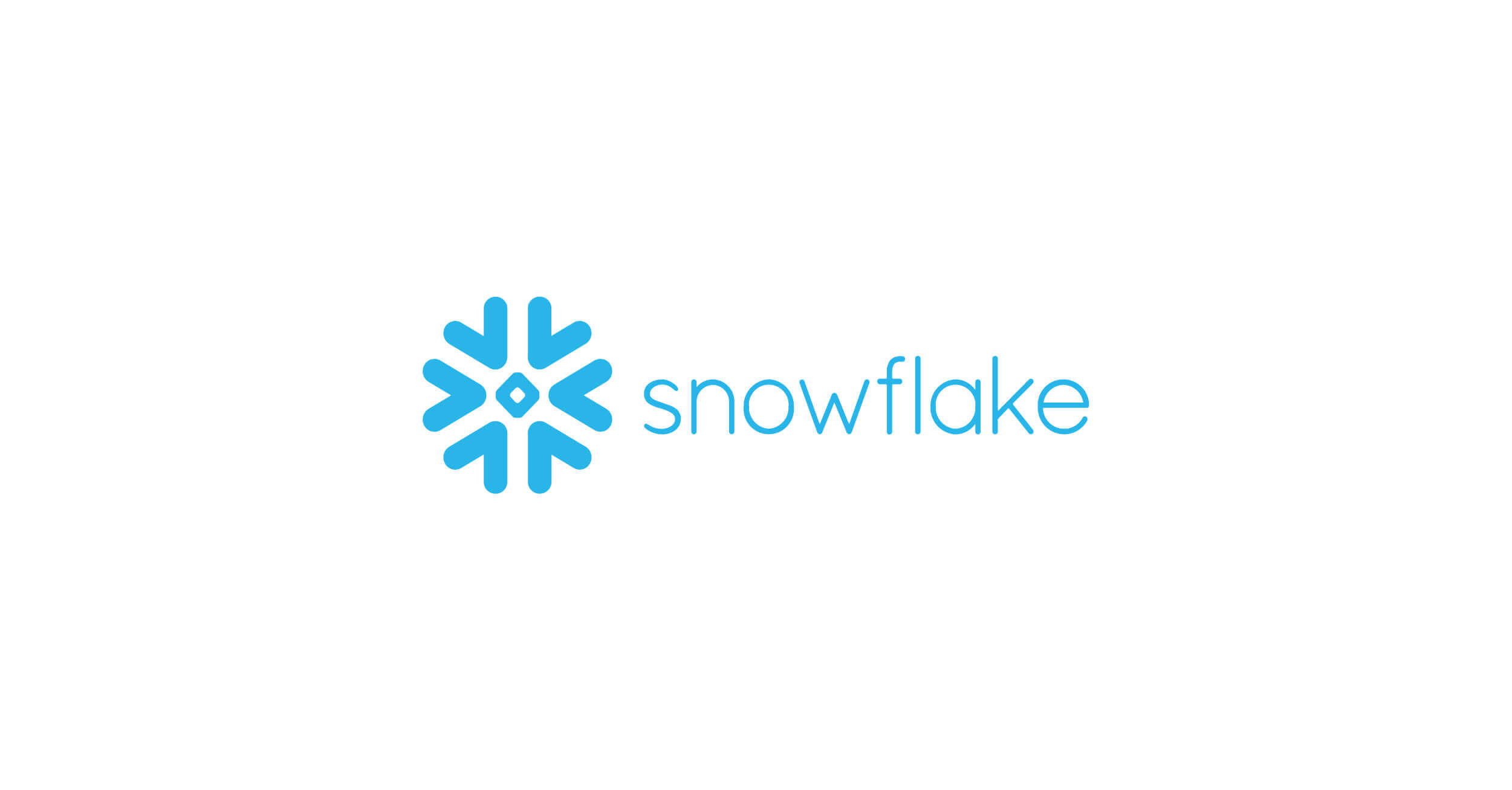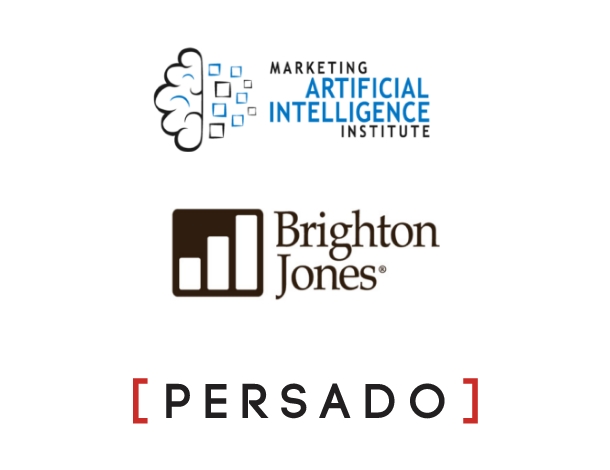January 28, 2020
AI 101: How AI Transforms Creativity

Just Do It. Nike’s memorable slogan has arguably become the most successful of its kind since its 1988 debut. Clearly, the advertising team must have spent countless months researching and using data to convince Nike co-founder Phil Knight to go with such a simplistic phrase, right?
As Wieden+Kennedy founder Dan Wieden tells it, when he pitched the concept and tagline, Knight and everybody else reacted by saying: “We don’t need that sh*t!”
“’Just trust me on this one,’” Wieden said to Knight. “So, they trusted me and it went pretty big quickly.”
Few companies have that sort of serendipity or can afford to “just trust” their instinct for mission-critical campaigns in the age of data-driven marketing. Likewise, how many marketing leaders want to “Just Do It” by relying on gut instinct alone when developing or approving the creative for a Super Bowl ad or a website with an audience of millions?
Executives need certainty, not subjectivity.
AI for creativity merges creative talent with machine (learning)
Marketers sit atop immense amounts of data from which they can glean key insights to create powerful customer experiences that reinforce their brand values. But people, time, and subjectivity can often constrain the quality of that creative output.
“There’s no human vs. machine battle. It’s the meeting of the two that is changing the way ideas are born.”
-Persado Chief Content Officer Alex Protopapas
Imagine what creative teams could develop if they were armed with the ideas and concepts that were mathematically proven to resonate with specific audiences…
Read More: AI in Marketing: Benefits, Use Cases, and Examples
AI for creativity brings science to the art, processing millions of customer data points to inform, and transform, how humans generate ideas. It provides scientific insight into customer needs and expectations, personalized messaging across the customer journey, precise customer targeting, effective content, growth opportunities, and targeted messaging campaigns. It helps marketing teams sift through the data to gain the actionable insights they require to dream, develop, and produce effective campaigns.
Imagination and creation are no longer solely in the realm of humans. AI for creativity brings together man and machine in the creative process to yield even better results than humans could alone.
“There’s no human vs. machine battle,” Persado Chief Content Officer Alex Protopapas has said. “It’s the meeting of the two that is changing the way ideas are born. The goal isn’t to replace human creativity but to enhance it, make it more sophisticated, and take it to the next level.”
Using AI for creativity is superior to human creatives working alone because AI is faster and more efficient at data collection and analysis and is sharper at providing creatives with crucial data-guided insights. For example, a marketer’s AI for marketing platform can produce far more personalized web page copy, email subject lines, social ads, headlines, and CTAs quicker than human writers can. These tasks can be offloaded to the AI agent, freeing up cognitive space so the humans on the marketing team have more time and space to be creative and build on recommendations from the AI system. The technology already exists to ensure the AI-generated creative assets adhere to and amplify the brand style.
How NLP and NLG enable AI for creativity
Natural language processing (NLP) and natural language generation (NLG) are what empower AI for creativity. Stated simply, NLP enables computers to read language, and NLG enables computers to generate language.
Together, they help marketing teams personalize content and creative messaging at scale and at the rapid pace necessary in a digital world, but retain the human feel consumers demand and the consistent brand voice marketers require. Think of Siri or Alexa and how interactive, nearly human, they seem. That’s NLP and NLG with machine learning. The more data Siri and Alexa receive, the more they learn and the more human they seem.
AI for creativity will continue to improve as long as researchers and enterprises fuel its learning with ongoing examples, rich data, and effective algorithms that turn the data into actionable insights with words that truly resonate.


